| Extension Office Demonstration Gardens |
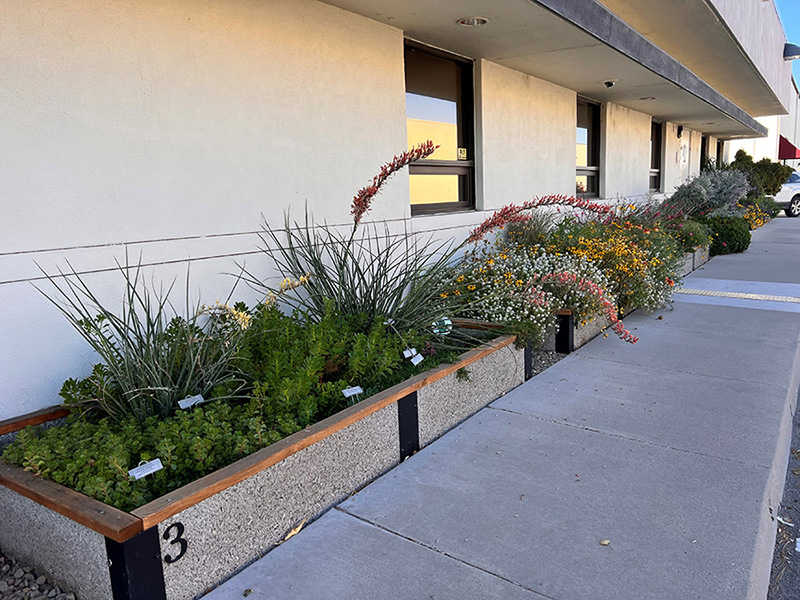
|
4955 Energy Way, Reno, NV 89502 |
The Washoe County Extension Office features a native garden on one side and a raised flower bed garden on the other. Visit us to explore the variety of plants that flourish here. For a handout with plant names and descriptions, stop by or email us at ExtensionWashoeMG@unr.edu. |
| Gardening in Nevada, The Bartley Ranch Series |
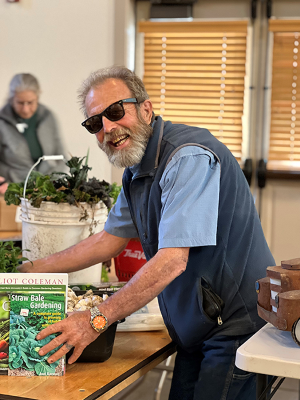
|
6000 Bartley Ranch Rd. Reno, NV 89511 |
These annual gardening talks have become a mainstay and tradition for our community on Tuesday evenings in February and March at the Bartley Ranch Heritage Center. We also host a nonperishable food drive at this event for the Northern Nevada Food Bank.
Register for FREE tickets at bit.ly/4a9EiSX
Article on Gardening in Nevada workshops and seed swaps
|
| Historic Huffaker School at Bartley Ranch |
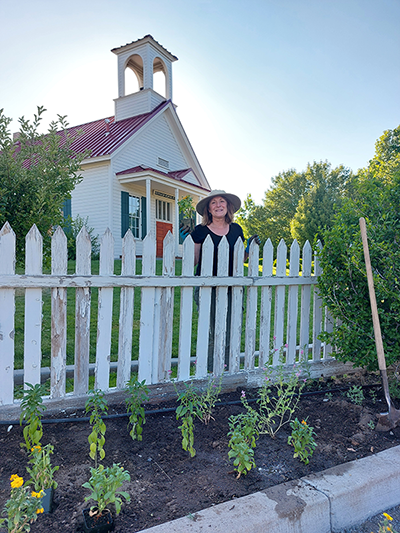
|
6000 Bartley Ranch Rd. Reno, NV 89511 |
The Historic Huffaker School, located in the Bartley Ranch Regional Park, is rich in history and hallmarked by beautiful, brick-laden pathways surrounded by flower gardens maintained by Washoe County Master Gardeners. |
| Junior Master Gardener Program |
|
South Valley Library
15650A Wedge Pkwy Reno, NV 89511
|
This Junior Master Gardener program hosted by Master Gardener Volunteers is an afterschool drop-in program that focuses on working with individual teachers in different grades in the classroom. See the library calendar of events for more information. |
| Master Gardener Help Desk |
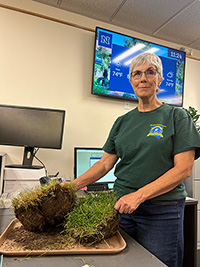
|
4955 Energy Way, Reno, NV 89502 |
Open to the public to help with horticultural questions and information Tuesdays, Wednesdays, and Thursdays from 10:00 AM - 2:00 PM come in or call 775-784-4848 or email extensionWashoeMG@unr.edu for help.
|
| Master Gardener Plant Sale |
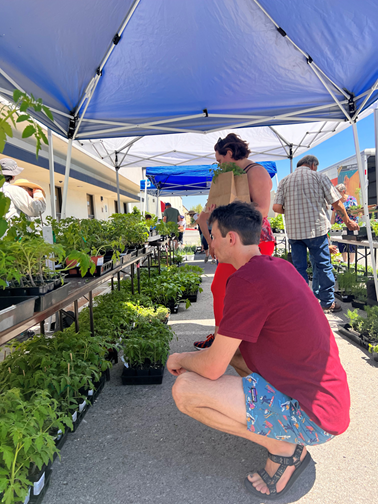
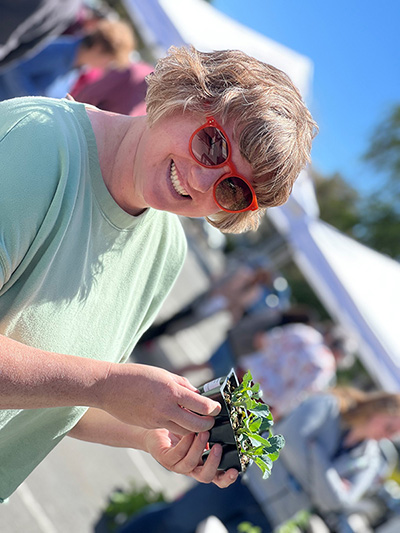
|
Washoe County Extension Office 4955 Energy Way, Reno, NV 89502 |
The 2025 Plant Sale will be on May 16th & 17th. Master Gardeners cultivate plant starts in a greenhouse at the UNR Experiment Station, offering them for sale to local community members. We focus on plants and varieties that thrive in our local conditions, helping you kickstart your garden. The Master Gardener Program is primarily self-funded, and this initiative is one of the key ways we finance our efforts. We extend our heartfelt thanks for the tremendous community support we receive annually for this project. |
| Master Gardener Teaching and Demonstration Garden @ Rancho San Rafael Community Gardens in the Family & Farm Area |
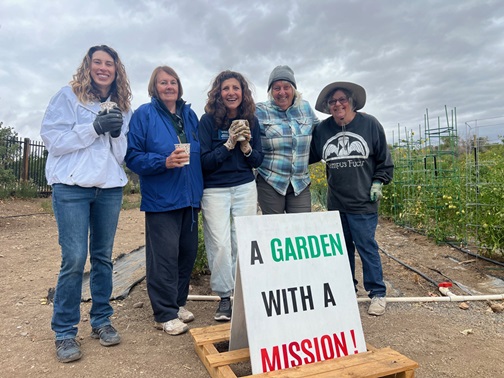 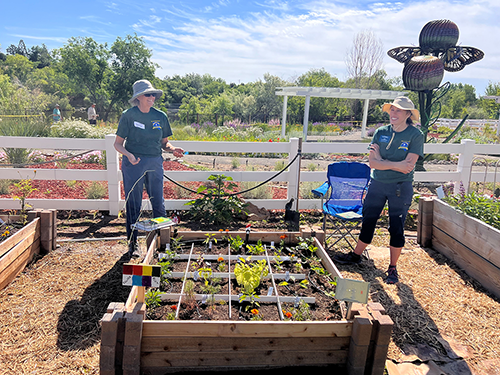 |
1595 N Sierra St, Reno, NV 89503
Located at the Community Gardens at Rancho San Rafael
|
During the growing season, our partnership with Washoe County Parks and Open Spaces allows us to collaborate with the public and Community Garden members on effective gardening techniques and practices suitable for our climate.
Come by to see our demonstration, teaching gardens & beds. You can also attend one of our many educational events! During the gardening season we hold monthly educational talks and donate a large portion of the produce we grow to the Reno Gospel Mission to help those in need. Our cut flower field rows, provide bouquets for our local senior center.
|
| Mobile Help Desks |
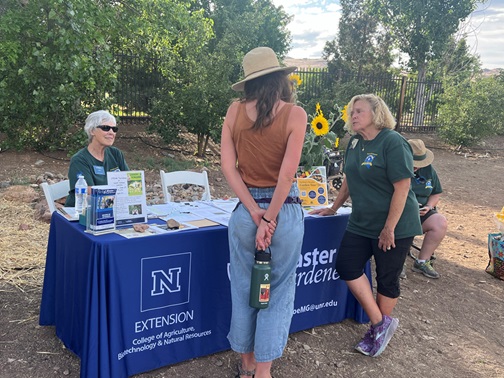 |
Various Dates & Locations |
Master Gardener volunteers have pop-up Help Desks at different communities and Master Gardener events to help answer community horticultural questions. We try and hold these events on evenings and weekends to give community members who work alternate times for help. |
| Northern Nevada Garden Tour |
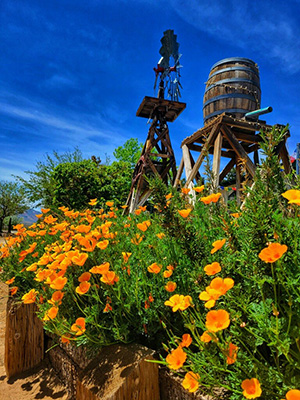 |
Multiple locations around the greater Reno area |
This self-paced, all-ages tour showcases homeowners' gardens in Northern Nevada, allowing participants to explore as many gardens as they wish. Tourgoers will be inspired by the creative and thriving high desert gardens, gaining ideas from these successful and inventive DIY gardeners. The event is hosted by The Rail City Garden Center. The 2025 tour dates are August 23rd & 24th.
Tickets and Tour Books available in person at Rail City Garden Center beginning August 9th, 2025
|
| Northern Nevada Veterans Home |
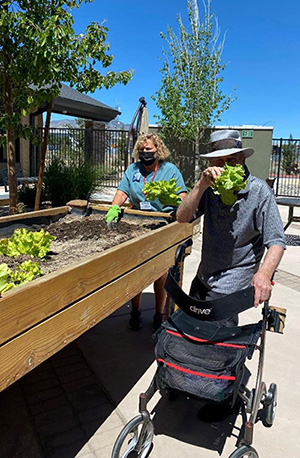
|
36 Battle born Way, Sparks, NV 89431 |
Each week, Washoe County Master Gardeners collaborate with residents to plant flowers, herbs, and vegetables in the landscape, outdoor gardens, and indoor conservatory.
|
| Ronald McDonald House |
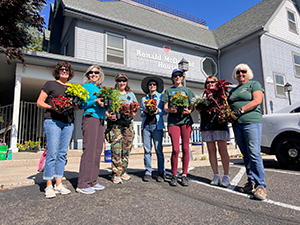 |
323 Maine, St. Reno, NV 89502
|
Master Gardeners volunteer to create beautiful, peaceful places of respite in the grounds around the house for Ronald McDonald residents. We also offer educational talks throughout the year.
|
| Spanish Springs Library Garden Talks |
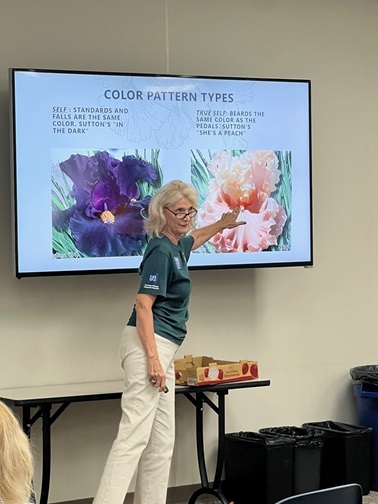 |
7100A Pyramid Way, Sparks, NV 89436
|
Join us the 4th Sunday each month for gardening talks! See the library calendar of events for specific dates, times and topics @ events.washoecountylibrary.us. In 2025 we will have a specific theme for each month.
|
| Talks @ Rancho San Rafael Community Gardens. |
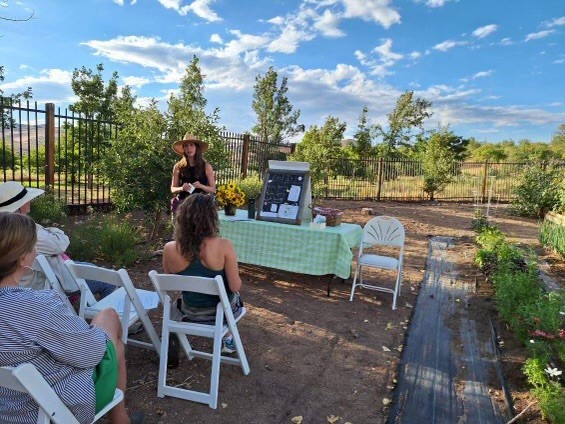 |
|
We hold monthly information garden talks on multiple subjects and have a Mobile Help Desk at these events to help answer community horticulture questions.
When: TBD
|


